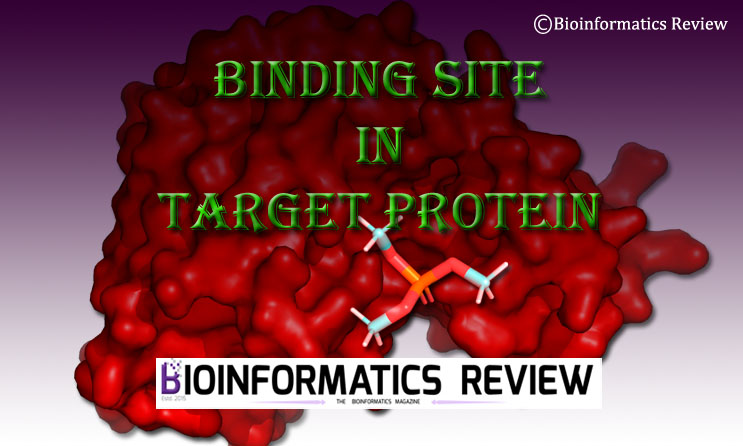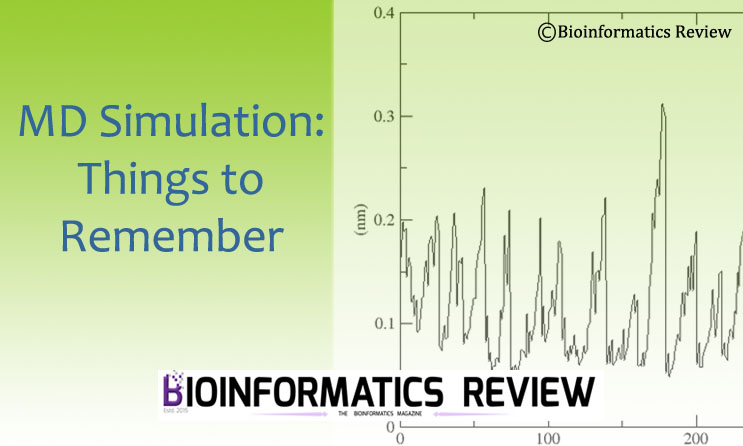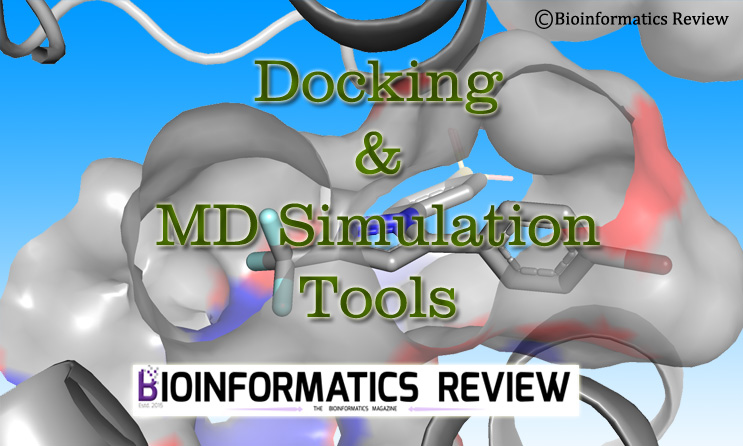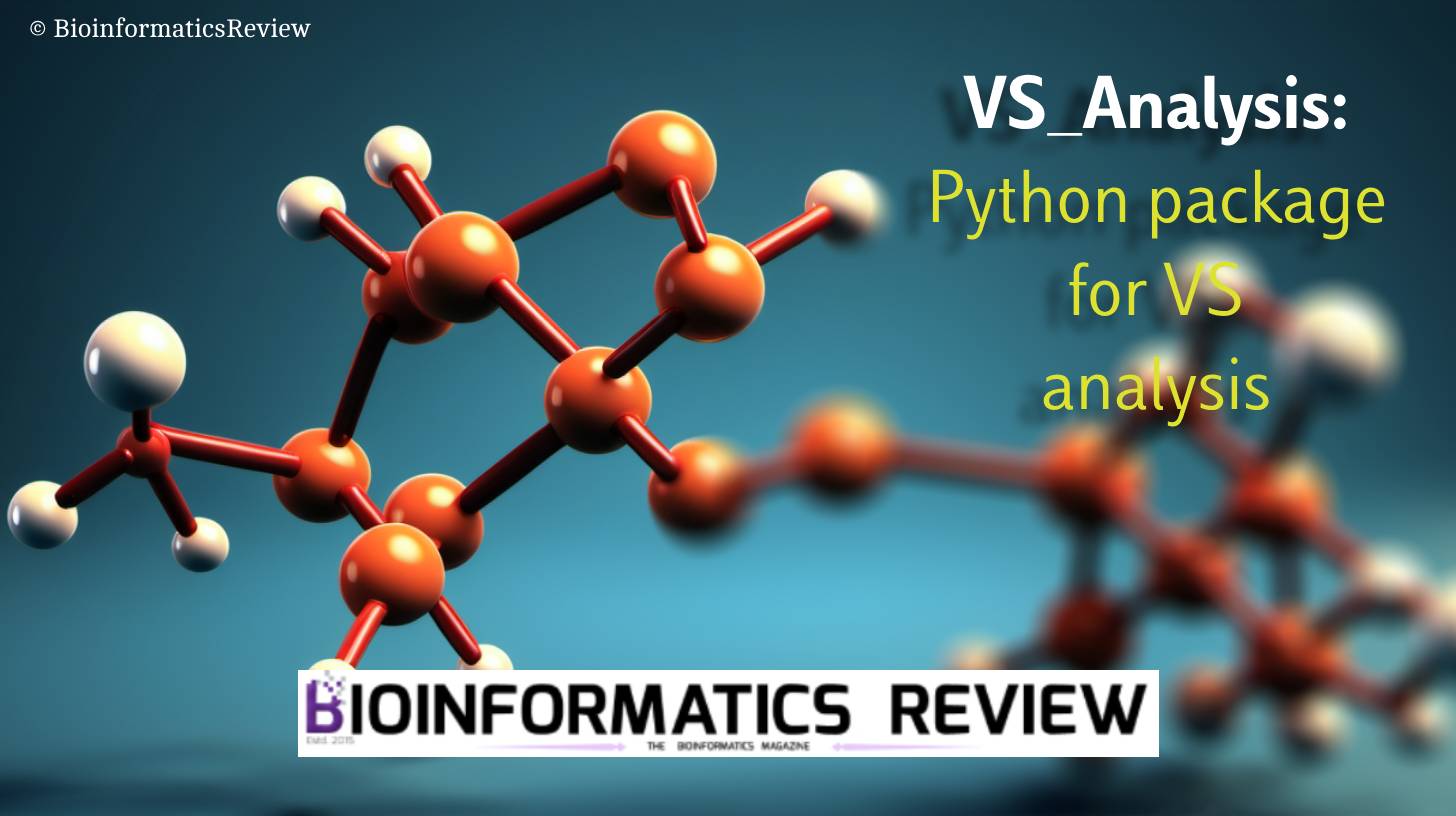Finding binding sites/pockets in a target protein is one of the important steps in docking studies. It is relatively easier to find a binding pocket in the proteins whose resolved structures are available in PDB than that of the predicted structures. In this article, we will discuss the ways to know a binding pocket or a binding site in a target protein.
When you are trying to find or design a drug for a particular target, you need to know the binding site within the protein. That protein’s structure would either be available in PDB or you would predict one. In both cases, you need to follow some protocol to find out the binding pocket else you can go for blind docking which is not considered as accurate as site-specific docking.
Case-I Finding binding pocket/site in the resolved structure of target protein
For the target protein whose structure is available in PDB, look for the associated literature on the same PDB entry page. This paper consists of all structural details explored during structure determination. You can find all binding or catalytic residues, important domains, and subunits of the target protein that you need to focus on before docking. Visualize the protein structure in a viewer such as Pymol and try to locate those binding residues. That’s how you can visualize the binding pocket in the protein with a known structure.
Case-II Finding binding pocket/site in the predicted structure of target protein
After you get the predicted structure of the target protein, you will have to predict binding pockets as well. For that, you can use an online server such as the CASTp server (http://sts.bioe.uic.edu/castp/). It provides quite accurate results in less time. It will also display the pocket in the visualizer. Note down those residues and visualize them in Pymol to locate them onto the structure. You can visualize a binding pocket on the surface of the target protein.
It is worth noting that the binding pocket may fall on more than one chain. In that case, you will have to keep both chains for docking and further simulation studies.





